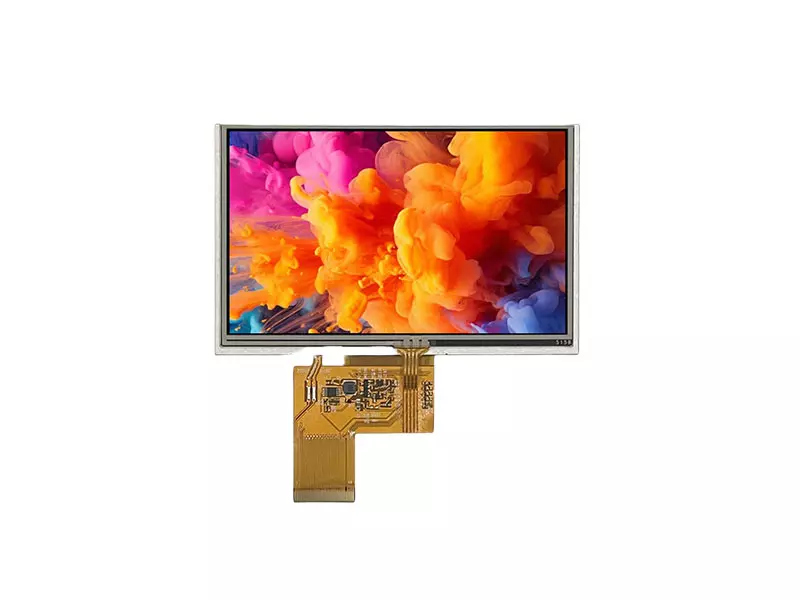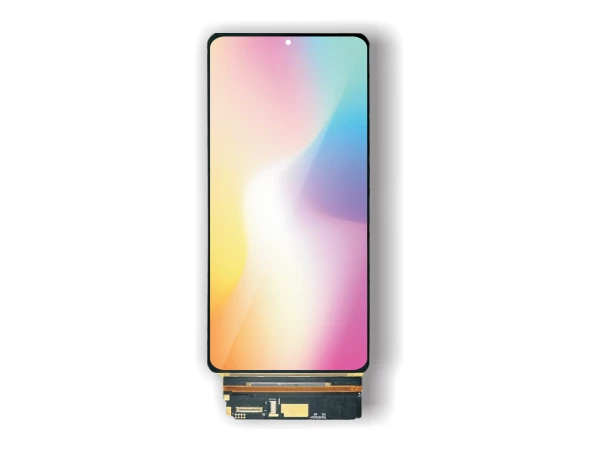How to Choose the Right Quality TFT LCD with LVDS Interface for Your Project
Jun 08,2025
How to Choose the Right Quality TFT LCD with LVDS Interface for Your Project
Table of Contents
Introduction to TFT LCD and LVDS Interface
Understanding TFT LCD Technology
Importance of LVDS Interface in Displays
Key Factors to Consider When Choosing TFT LCDs
1. Resolution and Display Quality
2. Size and Compatibility
3. Contrast Ratio a
How to Choose the Right Quality TFT LCD with LVDS Interface for Your Project
Table of Contents
- Introduction to TFT LCD and LVDS Interface
- Understanding TFT LCD Technology
- Importance of LVDS Interface in Displays
- Key Factors to Consider When Choosing TFT LCDs
- 1. Resolution and Display Quality
- 2. Size and Compatibility
- 3. Contrast Ratio and Brightness
- 4. Viewing Angle
- 5. Response Time
- Durability and Reliability of TFT LCDs
- Application-Specific Requirements
- Conclusion
- FAQs
Introduction to TFT LCD and LVDS Interface
In the evolving world of digital displays, choosing the right TFT LCD (Thin Film Transistor Liquid Crystal Display) with an LVDS (Low-Voltage Differential Signaling) interface can significantly impact the performance and quality of your project. Whether you are designing an industrial application, a consumer product, or an embedded system, understanding the intricate details of TFT LCD technology and its interfaces is crucial.
Understanding TFT LCD Technology
TFT LCDs have become a standard in modern display technology due to their ability to provide high-quality visuals. The TFT technology allows for better image quality, faster response times, and improved color accuracy compared to traditional LCDs. With millions of tiny pixels controlled individually, TFT displays are capable of producing rich and vibrant images.
Importance of LVDS Interface in Displays
The LVDS interface is essential in TFT LCD displays as it enables high-speed data transmission while minimizing electrical noise. This is particularly important in applications requiring high-resolution images where data integrity is crucial. The low power consumption of LVDS interfaces also aids in maintaining energy efficiency, making it ideal for battery-operated devices.
Key Factors to Consider When Choosing TFT LCDs
When selecting a TFT LCD with an LVDS interface, several key factors must be considered to ensure it meets the specific requirements of your project.
1. Resolution and Display Quality
Resolution is one of the most critical factors impacting display quality. It is defined by the number of pixels in each dimension that the display can show. Higher resolutions provide more detail and clarity, which is especially vital for applications involving intricate graphics or detailed images. Common resolutions include:
- **HD (1280x720)**: Suitable for basic applications.
- **Full HD (1920x1080)**: Offers enhanced clarity and detail.
- **4K (3840x2160)**: Ideal for high-end applications requiring superior detail.
Consider the use case of your project to select the appropriate resolution.
2. Size and Compatibility
The physical size of the display matters significantly in the context of your project. TFT LCDs come in various sizes, ranging from small screens for handheld devices to large panels for advertising displays. Ensure the chosen size fits within your design constraints and is compatible with the surrounding hardware.
Additionally, check the connector types and pin configurations to guarantee compatibility with your existing systems.
3. Contrast Ratio and Brightness
Contrast ratio is the difference between the darkest and brightest parts of an image. A higher contrast ratio results in more vivid images, which enhances the viewing experience. Brightness, measured in nits, indicates how well the display performs under different lighting conditions. For outdoor applications, a display with high brightness (typically over 1000 nits) is essential to maintain visibility in direct sunlight.
4. Viewing Angle
The viewing angle determines how well the display can be seen from various positions. A great viewing angle is essential for applications where multiple users will observe the display from different locations. TFT LCDs with in-plane switching (IPS) technology generally offer wider viewing angles compared to standard twisted nematic (TN) displays.
5. Response Time
Response time refers to the speed at which a pixel can change from one color to another. This is particularly crucial for applications involving video playback or fast-moving graphics. A lower response time (typically under 10 ms) helps prevent motion blur and ghosting effects, ensuring smooth visuals.
Durability and Reliability of TFT LCDs
In many applications, especially in industrial or outdoor environments, durability is paramount. Look for TFT LCDs that are designed to withstand harsh conditions, including extreme temperatures, humidity, and mechanical stress. Consider displays with features such as:
- **IP Rating**: Indicates protection against dust and moisture.
- **Operating Temperature Range**: Ensures functionality in varying climates.
- **Shock and Vibration Resistance**: Vital for mobile or industrial applications.
Application-Specific Requirements
Each project may have unique requirements that necessitate specific features in a TFT LCD. Here are some considerations based on application types:
- **Medical Devices**: Require high clarity and color accuracy for diagnostic imaging.
- **Automotive Displays**: Must perform well under varying lighting conditions and be resilient to vibrations.
- **Consumer Electronics**: Often demand sleek designs with high resolutions for aesthetic appeal.
Understanding the specific needs of your application will help narrow down your options effectively.
Conclusion
Selecting the right quality TFT LCD with an LVDS interface is a critical step in ensuring the success of your project. By thoroughly understanding key factors such as resolution, size, contrast ratio, and durability, you can make an informed decision that aligns with your project requirements. Be sure to consider the specific needs of your application to ensure optimal performance and user satisfaction.
FAQs
1. What is the primary advantage of using an LVDS interface with TFT LCDs?
The primary advantage of using an LVDS interface is its ability to transmit data at high speeds while consuming less power, making it ideal for high-resolution displays.
2. How do I determine the right resolution for my TFT LCD?
The right resolution depends on your application’s needs. For detailed graphics, higher resolutions like Full HD or 4K are recommended, whereas standard tasks may only require HD.
3. What factors affect the durability of a TFT LCD?
Durability is affected by factors such as the display's IP rating, operating temperature range, and resistance to shock and vibration.
4. Can I use a TFT LCD without an LVDS interface?
Yes, but using an LVDS interface is recommended for better performance, especially in applications that require high-speed data transmission.
5. How does the viewing angle impact the usability of a TFT LCD?
A wider viewing angle ensures that the display remains visible and clear from different positions, which is crucial in applications where multiple people will view the screen simultaneously.
Key words:
Recommended
How to Choose the Right Quality TFT LCD with LVDS Interface for Your Project
How to Choose the Right Quality TFT LCD with LVDS Interface for Your Project
Table of Contents
Introduction to TFT LCD and LVDS Interface
Understanding TFT LCD Technology
Importance of LVDS Interface in Displays
Key Factors to Consider When Choosing TFT LCDs
1. Resolution and Display Quality
2. Size and Compatibility
3. Contrast Ratio a





